Why Pale Gingerbread Cookies are a Unique Twist on Classic Holiday Baking
This post contains affiliate links.
Pale Gingerbread Cookies Dough: A Festive Twist on a Classic
When it comes to holiday baking, I’ve always had a soft spot for gingerbread. There’s something so nostalgic about the warm spices and cozy aroma wafting through the kitchen. But this year, I’m giving it a fresh twist with my Pale Gingerbread Cookies Dough. This recipe blends all the traditional spices you love with a touch of cocoa and the subtle sweetness of maple syrup. The result? A softer, more delicate cookie that’s perfect for festive cutouts. It’s become my go-to recipe for everything from Christmas gatherings to cozy afternoons with a cup of tea.
This dough has truly been a lifesaver during the chaos of holiday prep. I remember one particularly hectic season where I was baking cookies for three different events, decorating a gingerbread house, and still trying to prep Christmas dinner—all in the same week! That’s when I realized the beauty of a versatile recipe like this. It’s simple to prepare, easy to freeze, and always delivers perfect results.
And because this dough is so versatile, it’s been a hit for all kinds of occasions. My daughter and I love turning it into fun shapes for different holidays. Over the years, we’ve made stars for Christmas, hearts for Valentine’s Day, and even pandas just for fun. Each shape holds beautifully, so you can get as creative as you like. If you’re looking for more holiday inspiration, be sure to check out my Gingerbread Cookies with Royal Icing post for decorating tips and my Classic Gingerbread Cookie Dough recipe for another delicious variation. I can’t wait to share my tips and tricks with you so you can make this recipe your new holiday tradition!
Why This Recipe is a Lifesaver
Holiday baking can be overwhelming—trust me, I’ve been there. One year, I found myself baking three different types of cookies, decorating a gingerbread house, and trying to prep meals for family dinners, all in the same week. That’s when I decided I needed a recipe that could be prepped ahead of time and still deliver incredible results. Enter Pale Gingerbread Cookies Dough. It’s a game-changer.
The beauty of this dough is that it can be made well in advance and stored until you’re ready to bake. In fact, I’ve even shared my freezing and storing dough guide to help you prep for those hectic holiday weeks. Imagine having beautifully flavored cookie dough ready to go whenever inspiration strikes—it’s like giving yourself the gift of stress-free baking.
For a lighter twist, you can swap out some of the all-purpose flour for whole wheat flour or use coconut sugar in place of brown sugar. These alternatives add a slightly nuttier flavor and make the recipe a bit healthier without compromising taste.
Ingredients Overview
Let’s talk about what makes this recipe so special. The magic lies in the balance of flavors—warm spices, a touch of chocolatey depth, and the earthy sweetness of maple syrup. Here’s what you’ll need:
- All-purpose flour: The backbone of any good cookie dough. Sifting it ensures the dough stays light and lump-free. For a healthier option, you can substitute half of this with whole wheat flour.
- Unsweetened cocoa powder: This isn’t your typical gingerbread addition, but trust me, it works. It adds a subtle richness without overpowering the spices.
- Ground cinnamon, ginger, nutmeg, and cloves: The ultimate holiday spice blend.
- Maple syrup: My secret ingredient for natural sweetness and a hint of complexity. If you don’t have it, honey works as a great substitute.
- Unsalted butter: Room temperature is key here for smooth blending. Want to go dairy-free? Try using a plant-based butter alternative.
- Brown sugar: Adds a depth of flavor that’s richer than granulated sugar. Coconut sugar is a fantastic swap if you’re looking to cut back on refined sugars.
- Egg and vanilla extract: For structure and that cozy, familiar aroma.
For a detailed breakdown of these ingredients, check out my Classic Gingerbread Cookie Dough recipe. This is my little secret for surviving holiday baking, which I explain in another video.
Tools You’ll Need
Having the right tools can make all the difference in your baking experience. Here’s what I recommend:
- Measuring spoons and measuring cups: Precision is key, especially with spices.
- Glass mixing bowls: I love using these because they’re sturdy and easy to clean.
- Blending whisk: For combining dry ingredients seamlessly.
- Kitchen mixer: I use my KitchenAid 7-quart stand mixer, which is perfect for handling thicker cookie doughs. If you have a smaller mixer, stick to a single batch.
- Silicone spatulas: A lifesaver for scraping down bowls and freeing dough from the paddle attachment.
- Food wrap: Essential for wrapping and chilling the dough.
If you’re curious about why I recommend these tools, check out my blog post on Buttercream Frosting.
Step-by-Step Instructions
- Combine Dry Ingredients:
- Mix flour, unsweetened cocoa powder, cinnamon, ginger, nutmeg, cloves, baking soda, and salt in a glass mixing bowl. Add 1 tablespoon of cornstarch for sharper cookie edges. Use a whisk or a large sifter to combine, then set aside.
- Prepare Wet Ingredients:
- Whisk together egg, maple syrup, and vanilla extract in a medium mixing bowl. If you’re out of maple syrup, substitute honey. Set aside once smooth.
- Cream Butter and Sugar:
- In a KitchenAid 7-quart stand mixer, cream softened unsalted butter and brown sugar until light and fluffy (2–3 minutes). Don’t forget to scrape the sides with a silicone spatula. For quick butter-softening tips, see my how to soften butter quickly blog post.
- Combine Ingredients:
- Gradually add the wet ingredients to the creamed butter and sugar. Mix on medium speed until well combined.
- Slowly add the dry ingredients, mixing on low to prevent overworking. The dough will be thick.
- Divide and Chill Dough:
- Divide dough into portions (2 disks for a single batch). Use food wrap to tightly wrap each disk, labeling with a black Sharpie (e.g., "Pale Gingerbread Dough" and the date).
- Chill for at least 1 hour or freeze for up to 3 months. For freezing tips, see my freezing and storing dough guide.
Troubleshooting Common Issues with Cutout Cookie Dough
Even with the best recipes and careful preparation, sometimes things don’t go as planned in the kitchen. But don’t worry! I’ve encountered plenty of baking hiccups, and I’m here to share some tips to help you troubleshoot common issues with cutout cookie dough.
Dough Too Sticky
If your dough feels sticky and hard to handle, it might need a little extra flour. This can happen due to slight measurement variations or even humidity in the kitchen. Start by adding one tablespoon of all-purpose flour at a time, gently kneading it into the dough until it’s firm but still pliable. Be careful not to add too much flour, as it can make the cookies dry.
Dough Cracking While Rolling
Sometimes chilled dough can feel a bit too stiff and crack when rolled out. If this happens, let the dough sit at room temperature for 10-15 minutes to soften slightly. The high butter content in the dough makes it firm when cold, but letting it warm up a bit will make rolling much easier.
Cookies Spreading During Baking
If your cookies lose their shape in the oven, it’s often due to insufficient chilling. After cutting out your cookies, place them back in the fridge or freezer for 10-15 minutes before baking. This step helps the dough hold its shape and prevents spreading.
Another trick is to add a teaspoon of cornstarch to the dry ingredients. Cornstarch reduces spreading during baking and keeps the cookies nice and sturdy for decorating.
Uneven Baking
Uneven baking can happen if the cookies are different sizes or if multiple trays are stacked in the oven. To avoid this, make sure your cutout cookies are all the same thickness and bake one tray at a time on the middle rack. This ensures even heat distribution and perfectly baked cookies every time.
Overbaked or Burnt Edges
If your cookies are coming out with dark edges, they may have baked too long. Keep an eye on them as they bake—most cookies are done when the edges are set but the centers still look slightly soft. Start checking a minute or two before the recommended baking time to ensure they don’t overbake.
Dough Too Soft to Cut
If the dough is too soft when you’re cutting out shapes, it likely hasn’t chilled long enough. Pop it back in the fridge for another 20-30 minutes to firm up before trying again. Patience is key for perfectly shaped cookies!
Personal Tip
Don’t get discouraged if things don’t go perfectly the first time. Baking is as much about learning as it is about enjoying the process. I’ve had my share of “oops” moments, but each one taught me something new. And honestly, even the imperfect cookies still taste amazing!
Troubleshooting is just part of the fun when baking, and with a little patience and these tips, you’ll have beautiful, delicious cut-out cookies ready to share. Let’s move on to the best part—enjoying these delightful creations!
Preserving Cutout Cookie Dough: Storage and Freezing Tips
Proper storage and freezing are key to preserving the quality of cutout cookie dough, ensuring it’s just as good when you’re ready to bake as it was when you first made it. Whether you’re chilling dough for a short period or freezing it for future use, these methods are essential for maintaining flavor and texture. This section provides practical tips and techniques to help you efficiently store and extend the life of your cookie dough.
Storing Dough in the Refrigerator
If you’re planning to bake within the next few days, store the dough in the refrigerator. After dividing the dough into two portions, wrap each one tightly in plastic wrap and place it in the fridge. Chilling the dough for at least an hour firms it up, making it easier to roll and cut into shapes. You can store the dough in the refrigerator for up to three days.
Freezing Dough for Longer Storage
For longer storage, freezing the dough is a fantastic option. Here’s how I do it:
1. Wrap each dough disk in an extra layer of plastic wrap or aluminum foil to protect it from freezer burn.
2. Place the wrapped disks into a freezer-safe zip-top bag for extra protection.
3. Label the bag with the date and the name of the dough using a Sharpie. This avoids any confusion when you’re digging through the freezer later!
The dough will keep beautifully in the freezer for up to three months.
Thawing Dough for Use
When you’re ready to bake, simply transfer the dough from the freezer to the refrigerator and let it thaw overnight. By the next day, it will be chilled and ready to roll. If the dough feels too firm after thawing, let it sit on the counter for 10-15 minutes to soften slightly before rolling.
Freezing Baked Cookies
If you’re planning to bake ahead of time, you can also freeze the baked cookies. Once the cookies have cooled completely, layer them between sheets of parchment paper in a freezer-safe container. This prevents them from sticking together. Just like the dough, label the container with the date and flavor so you can stay organized.
When you’re ready to serve or decorate, let the cookies thaw at room temperature for about 30 minutes.
Staying Organized During Holiday Baking
My holiday baking season gets busy fast, so freezing dough and baked cookies is my secret weapon. I usually start making my dough in September, bake in October or November, and decorate in December. This timeline helps me stay ahead of the holiday rush while still having plenty of fresh, delicious cookies to share.
With these storage tips, you can make your holiday baking stress-free and enjoy the process just as much as the results!
Gingerbread Recipes
- Moist Gingerbread Bundt Cake with Warm Caramel Hidden Inside
- Gingerbread Man Chocolates for Garnishing Cookies, Cupcakes, and Cakes
- Festive Holiday Cupcakes with Classic Gingerbread Flavor
- How to Make Amber Gingerbread Cookie Dough (No Molasses Needed)
- Fragrant Orange Gingerbread Cookies with Warm Spices
- Chocolate-Spiced Gingerbread Cookies for Christmas Baking
Why Pale Gingerbread is Unique
Unlike traditional gingerbread, this recipe has a softer texture and a slightly more nuanced flavor profile. The addition of cocoa gives it a subtle richness, while the maple syrup adds an earthy sweetness that’s perfect for the holidays. It’s the kind of cookie that bridges old traditions with fresh, modern flavors. Whether you’re baking for a holiday party or a quiet afternoon tea, these cookies are sure to impress.
For more gingerbread ideas, check out my Gingerbread Cookies with Royal Icing and Amber Gingerbread Cookiesfor more creative takes on holiday baking.
Food Photography & Video Tips from My Studio
Here’s a peek at the tools, gear, and camera setups I use to film my recipe videos and photograph food at home. Over the years, I’ve tested dozens of different setups, and now I’m sharing what actually works for me—whether I’m filming overhead shots for YouTube or styling still photos for my blog. If you’re curious about how I create the content you see here, these posts are a great place to start.
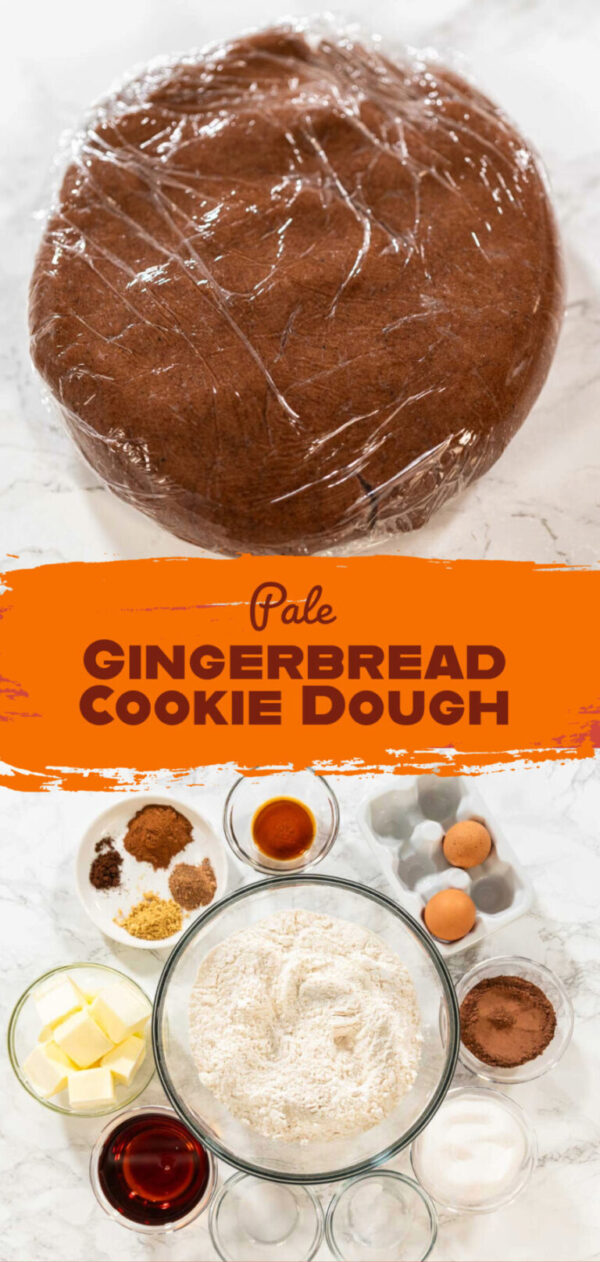
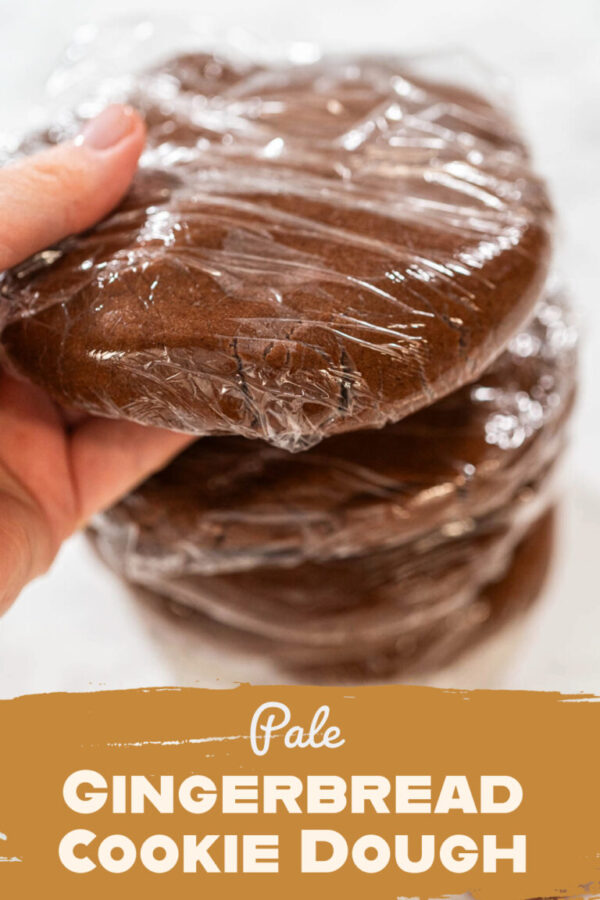
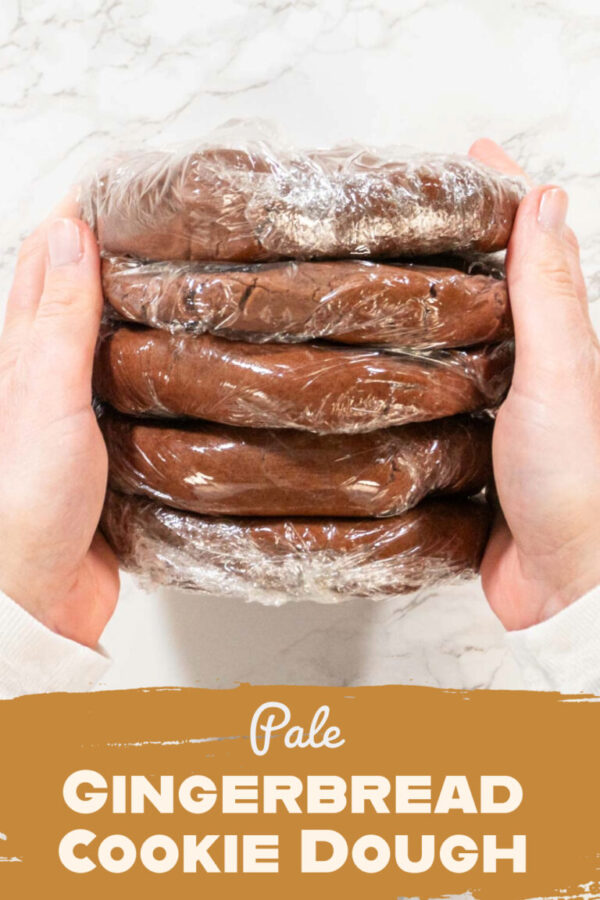
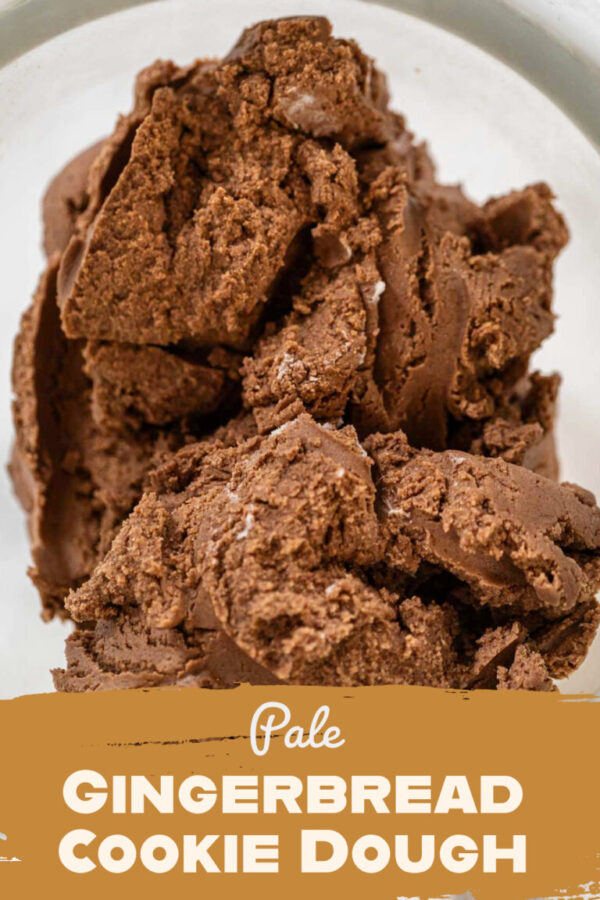
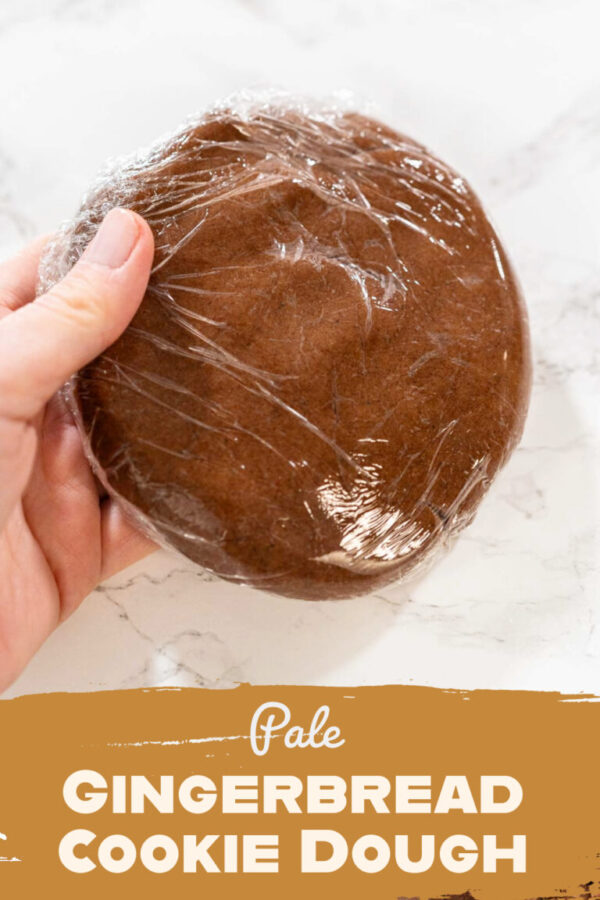
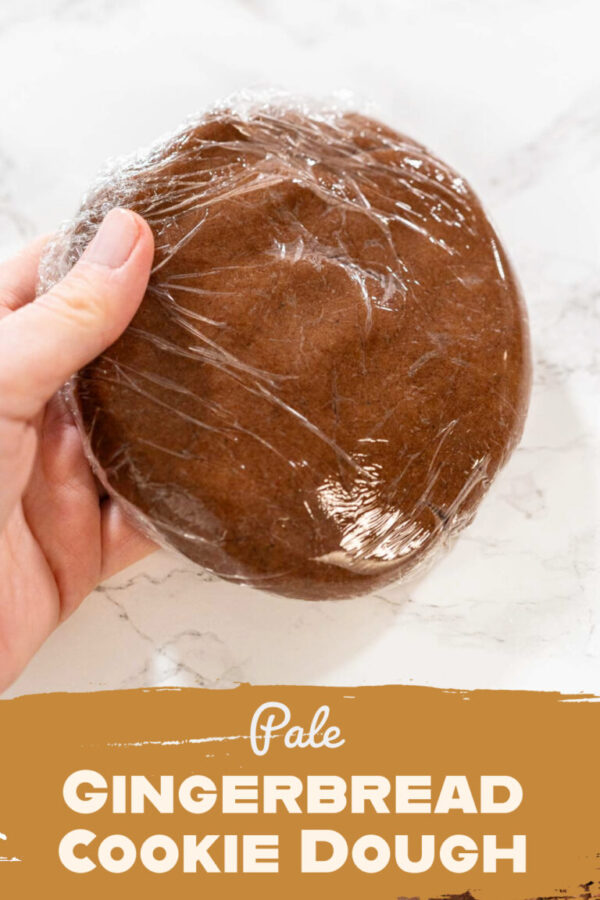
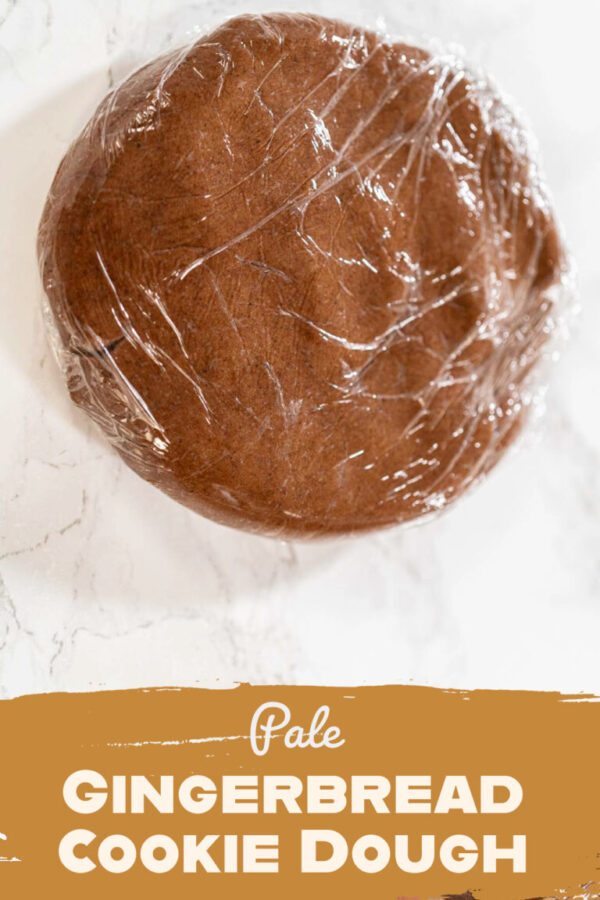
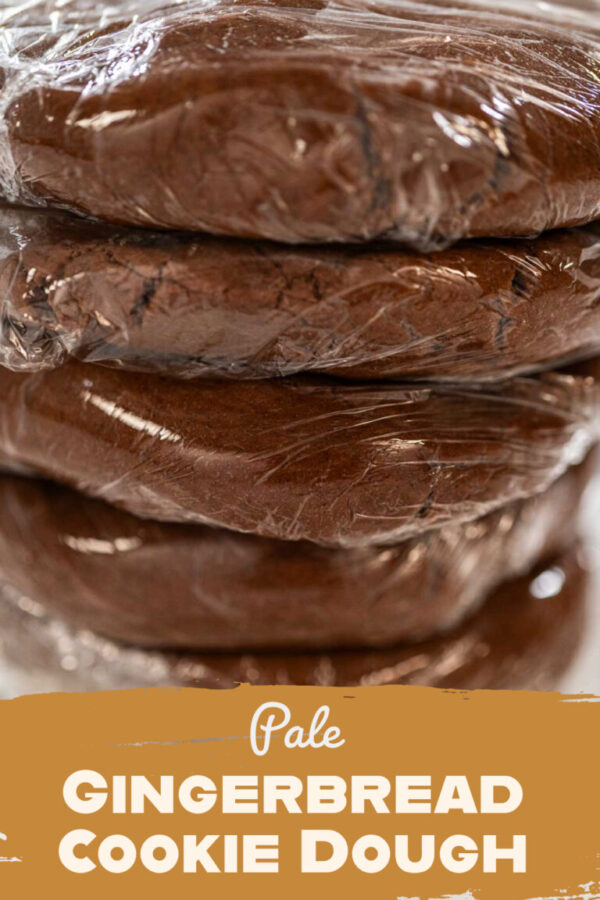
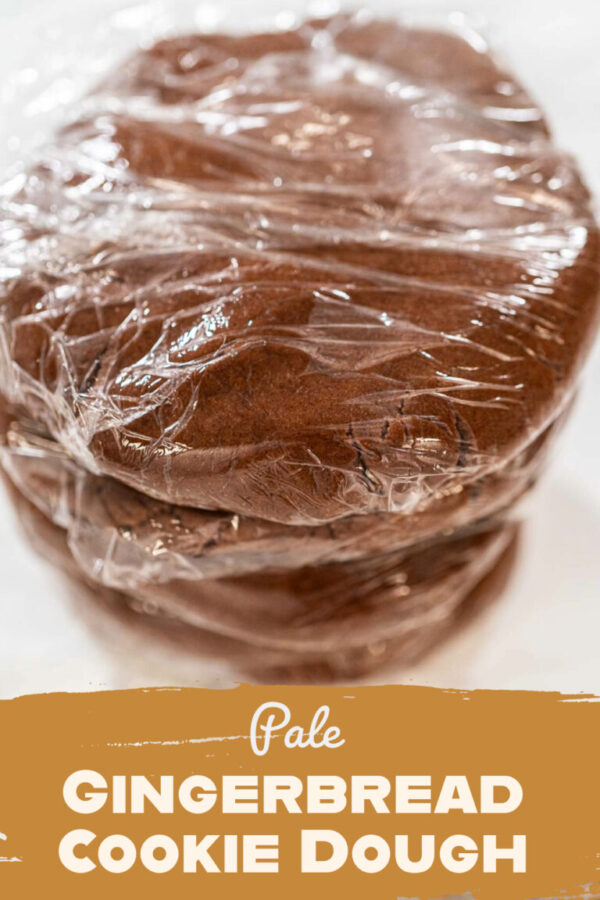

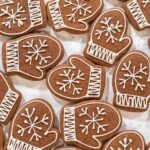
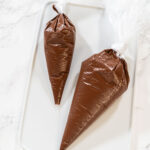
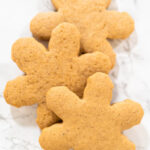
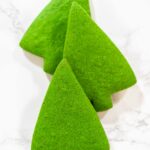
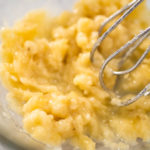
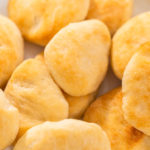
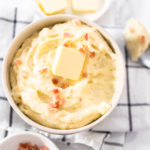

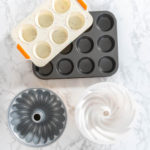
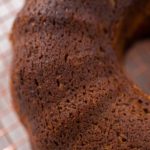









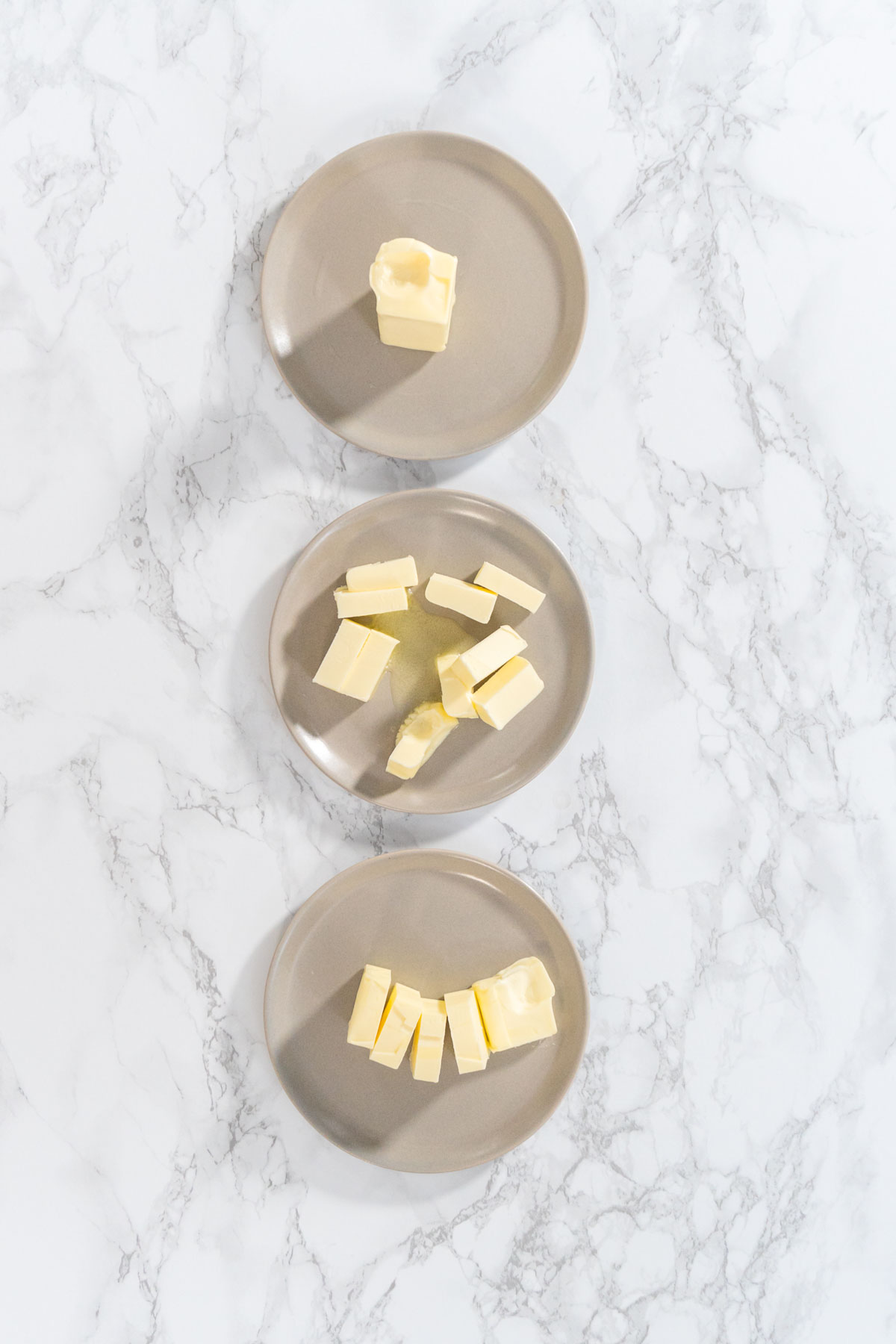







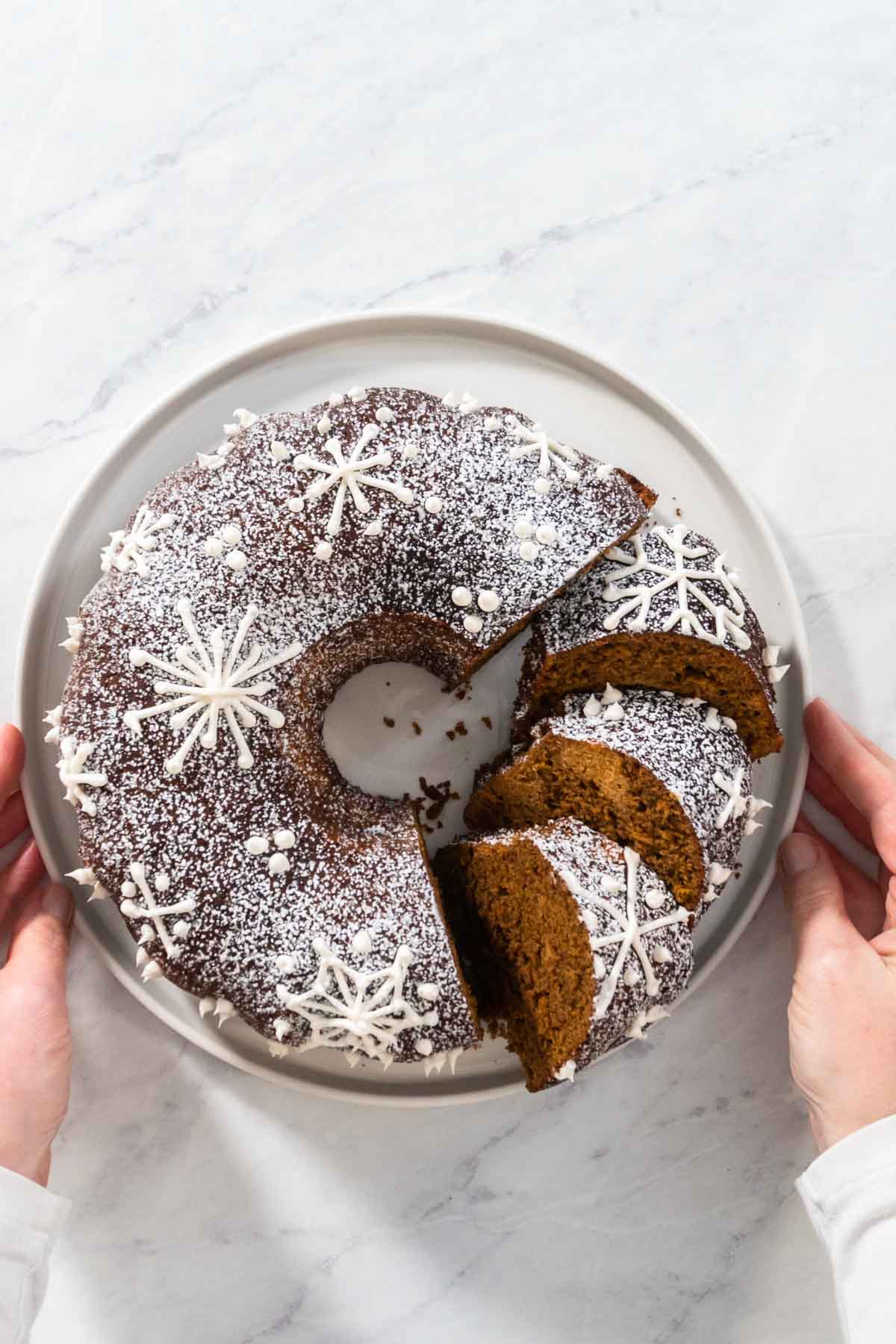

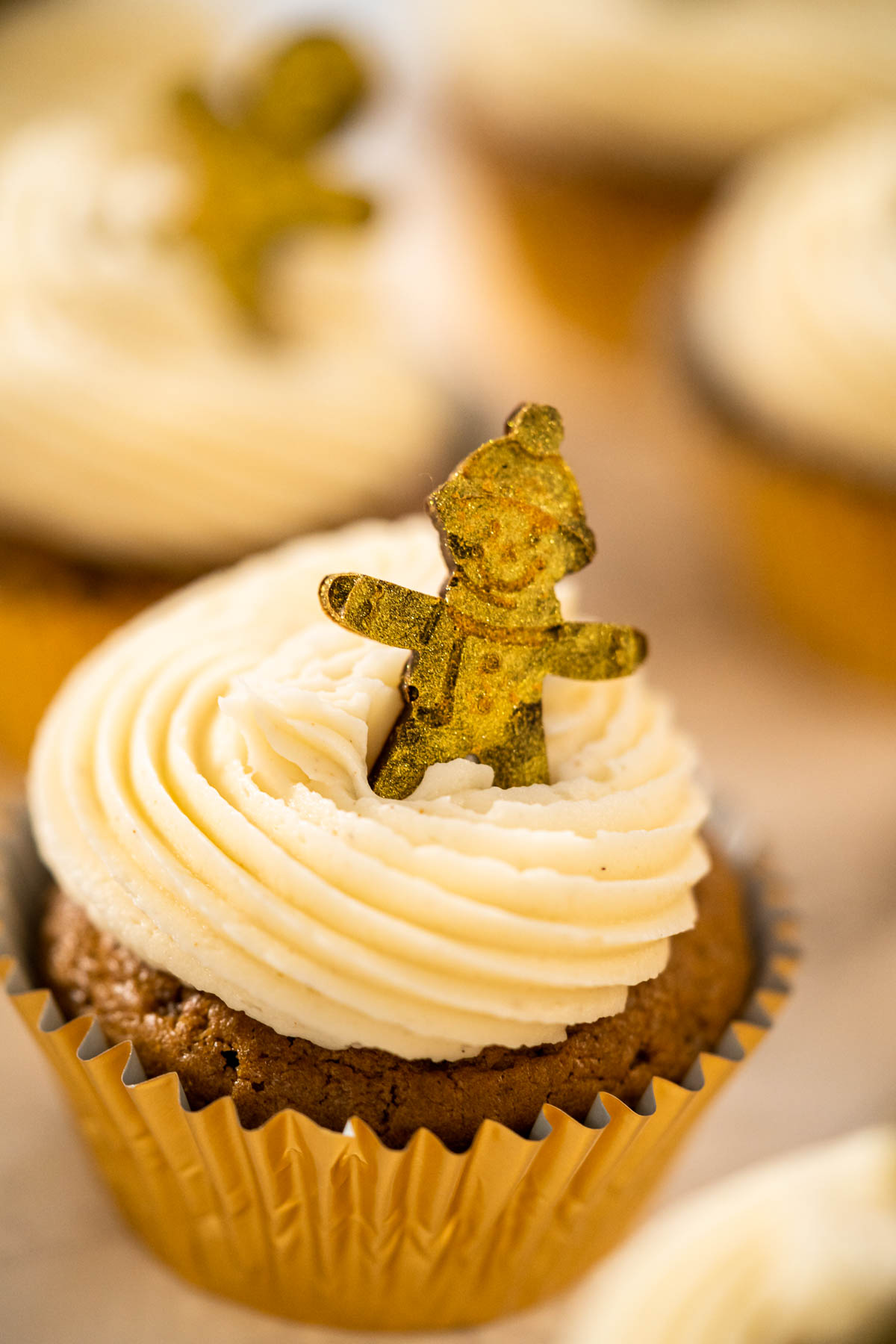
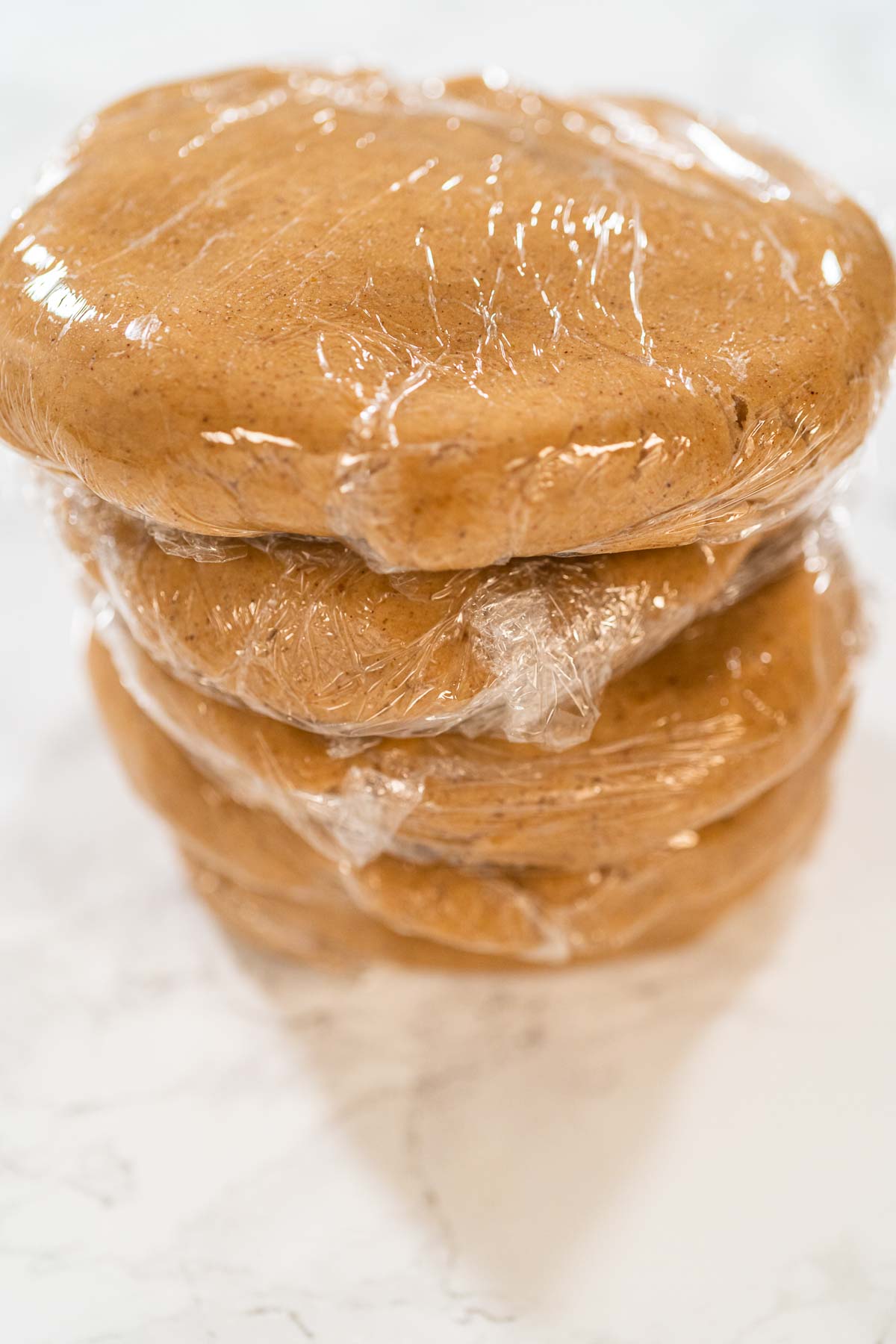

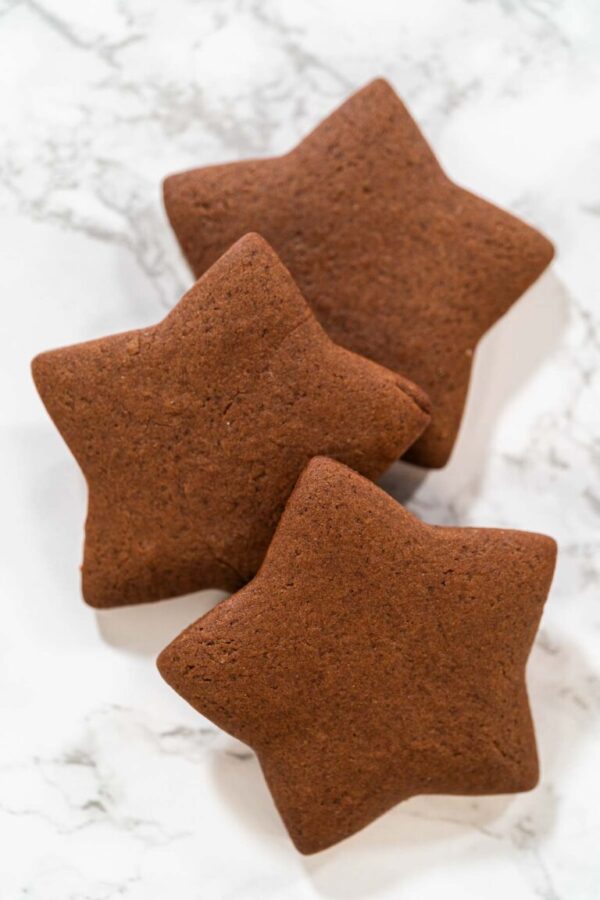


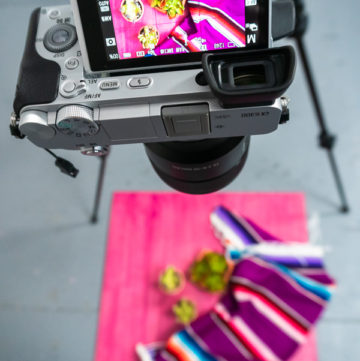


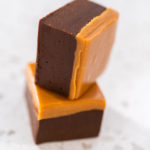



Leave a Reply